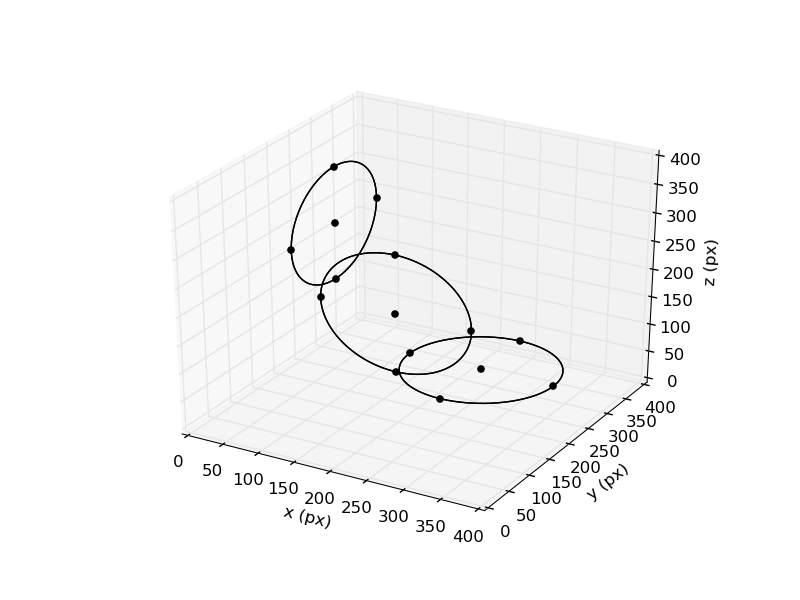


GMSH OFFSET HOW TO
In this section, we will learn how to load an “msh” file into DOLFINx. A MathEval field specifies the size of the mesh using an explicit mathematical function. In the previous tutorial, we learnt how to load a gmsh python model into DOLFINx. COMM_WORLD, "mesh_out.xdmf", "w" ) as xdmf : xdmf. name = "Facet tags" # Output DOLFINx meshes to fileįrom dolfinx.io import XDMFFile with XDMFFile ( MPI. dim ) adj = AdjacencyList_int32 ( local_entities ) ft = create_meshtags ( mesh, mesh. dim - 1, marked_facets, facet_values ) mesh. int32 ) marked_facets = marked_facets local_entities, local_values = distribute_entity_data ( mesh, mesh. dim - 1, 0 ) gmsh_facet_id = cell_information ] num_facet_nodes = cell_information ] gmsh_facet_perm = perm_gmsh ( facet_type, num_facet_nodes ) marked_facets = numpy. # FIXME: This does not work for prism meshesįacet_type = cell_entity_type ( to_type ( str ( ufl_domain. # Permute facets from MSH to DOLFINx ordering name = "Cell tags" # Create MeshTags for facets dim, 0 ) adj = AdjacencyList_int32 ( local_entities ) ct = create_meshtags ( mesh, mesh. int32 ) local_entities, local_values = distribute_entity_data ( mesh, mesh. We start by specifying a distance field from the obstacle surfaceįrom import AdjacencyList_int32 from import distribute_entity_data from import cell_entity_type, create_meshtags # Create MeshTags for cell dataĬell_values = numpy. One can alternatively set mesh resolutions at points with the command .setSize. The final step is to set mesh resolutions. setPhysicalName ( 2, obstacle_marker, "Obstacle" ) addPhysicalGroup ( 2, obstacles, obstacle_marker ) gmsh. setPhysicalName ( 2, wall_marker, "Walls" ) gmsh. addPhysicalGroup ( 2, walls, wall_marker ) gmsh. setPhysicalName ( surface, outlet_marker, "Fluid outlet" ) elif np. addPhysicalGroup ( surface, ], outlet_marker ) gmsh. centeratorigin () ¶ Translate the wire networks to have its center at the origin. Parameters: offsetvector ( numpy.ndarray) A N i m e s d i m matrix representing per-vertex offset vectors. setPhysicalName ( surface, inlet_marker, "Fluid inlet" ) elif np. offset (offsetvector) ¶ Offset vertices by per-vertex offsetvector. These can all be done from the Geometry Menu under Elementary entities->Add->New. addPhysicalGroup ( surface, ], inlet_marker ) inlet = surface gmsh. In a single plane (2D), create the geometry by first creating all points, then combining the points into lines, and then the lines into a surface. getCenterOfMass ( surface, surface ) if np. getEntities ( dim = 2 ) inlet_marker, outlet_marker, wall_marker, obstacle_marker = 1, 3, 5, 7 walls = obstacles = for surface in surfaces : com = gmsh.


 0 kommentar(er)
0 kommentar(er)
